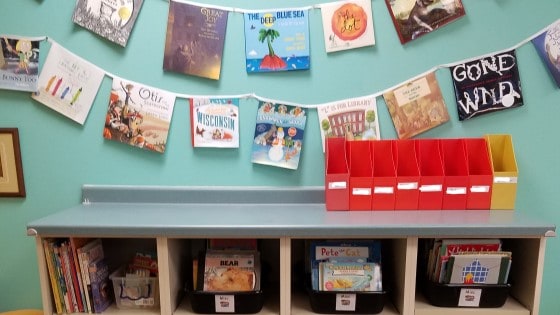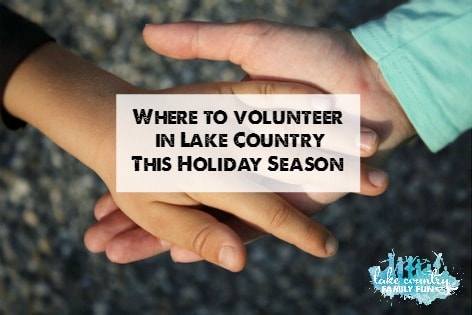When you think about children and organization, you may not feel like the two have anything in common. You might even laugh because they seem like two words you’d never use in the same sentence. However, I’m here to tell you that you can help your kids be organized and you can even enjoy the process instead of wanting to pull your hair out the entire time! As a former teacher turned professional organizer, I’m all about finding that balance between work and play, so I’m going to share some of my tried and true tips with you on how to keep your space organized, do it with your children, AND make it fun along the way.
I believe that organization is a process and that it can be taught. Teaching our children to declutter, donate, and organize can be a powerful tool for them. It truly teaches useful life skills.
For example- When a child hears that another child or a friend is in need, they will unselfishly do anything to help them. They will go through their toys with you and will be willing to give away almost anything.
Maria Ewings Tweet
So we know that children are able to declutter and organize when they’re doing it to help someone else. That means that they have the ability to organize, we just have to help them understand why.
Talking with your child about the WHY behind keeping things organized is so important. Maybe you have to explain that people will trip over things if you leave them out. Talk with them about how good it feels when you are able to see everything and all of their toys have a special home. Talk about how having a place for everything will help you pick up faster and then you can spend more time being together and doing things that you love.
Kids of different ages require different strategies when it comes to organization. This article, written by Jennifer Haupt from HGTV, explains these different strategies.
- Ages 2-4: Make it fun, make it a game, make it cooperative, store like items together, start them young with their chores.
- Ages 5-8: Kids this age love a challenge and they’ll rise to the occasion. Make their areas accessible and get creative with storage space (they like to collect things), establish limits on items and establish zones for items, help them be more responsible.
- Ages 9-12: Kids this age are making more and more decisions about their belongings, so up their responsibility levels. Teach them organizational life skills, let them establish their own routines, have them start to do their own laundry, let them choose the organizational products that they’re going to use in their space.
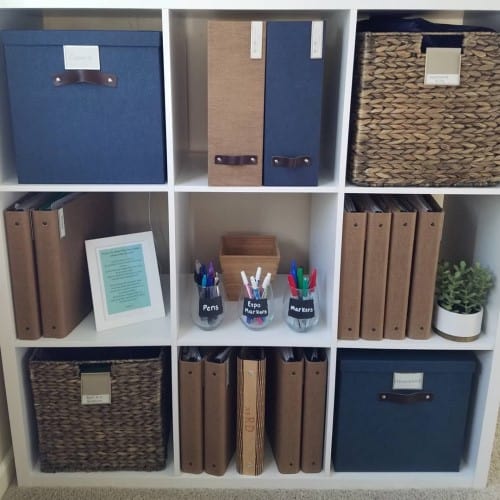
Keep your children’s age in mind when you’re working on organizing a space. Then, when you are ready to get down to the nitty gritty part, here are some tips:
- Create a home for everything. Eliminate the choices your child has to make about where to put things away. When there are too many choices to make, kids can get overwhelmed and their brains will just shut down.
- When you’re deciding on where things should go, have your children help you. It gives them a sense of ownership in their space and their belongings. They’ll feel proud of the decisions they made and they will be way more likely to put things away when they were the ones who decided where things should go!
- Use pictures to label your bins, along with words (especially if your kids can’t read yet- this will help with their literacy skills!). Take a picture of the contents and tape the picture to the outside of the bin, along with the label. Clear bins help too, because then your kids can see what’s inside!
- When it’s time to put things away, give them a small and specific job (such as: find all the Legos under the table and put them in the bin). When they’re finished, tell them to report back to you and give them another simple job. This works really well for children who are in the preschool age.
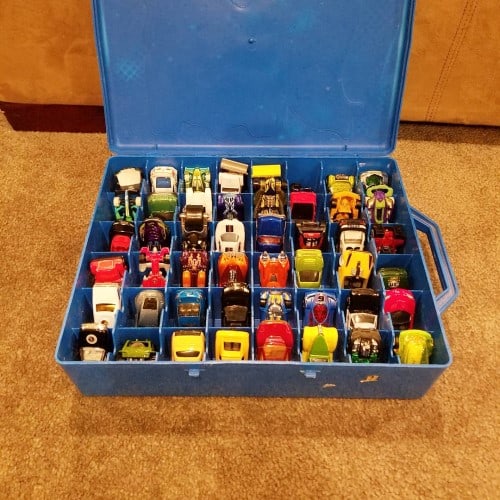
Now it’s time for the fun part. Children absolutely love to have fun (who doesn’t?). I believe that play is a child’s work. If you try to create an atmosphere where it’s fun to organize, they’re going to feel that and want to do it with you! Here are some tips to make organizing feel more like play.
- Break out your timer on your phone and see how fast they can pick up. Have them race with each other or with you. Kids love a good competition.
- Make it a positive thing. Give positive praise for when they do something awesome instead of only negative attention when they do something not so good. Kids thrive off of that.
- Have them do something silly while they’re working. Give them a challenge to try (do it on one foot, only use your elbows, you have to sing everything you say…etc.)
- Make a toy jail. If their toys aren’t picked up like you asked them, you can put them in “jail” until your child has earned them back!
- Play some fun music. Dance and sing while you’re working. Or, have them work as fast as they can and freeze when the music stops. Maybe have a special “clean-up song” that you play that gets them in a good mood.
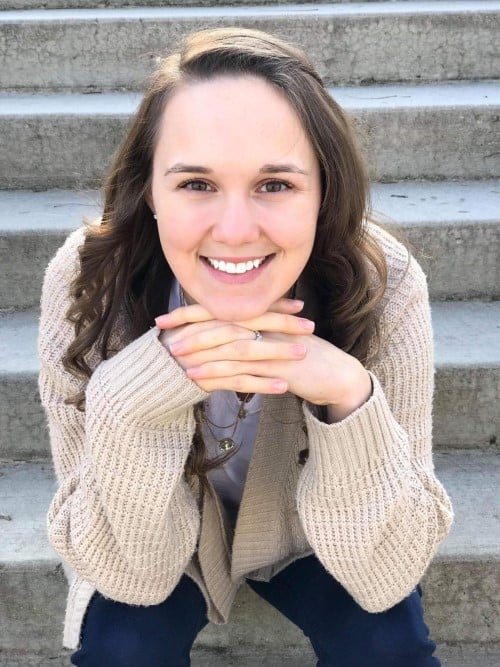
If you’ve read this far, you are ready to hear my MOST important tip. Give yourself and your children some grace. Life isn’t going to be perfect all the time. We are not perfect, and neither are our children. Teaching them to be organized is a process and they’re going to need guidance along the way. Slow down and celebrate the progress. We should always strive for progress, not perfection. Remember that there are things in life that are more important than having everything perfectly placed. Enjoy the time that you get to spend teaching your child these fun and important life skills. You are amazing, you are not alone, and I’m always here to cheer you on.



